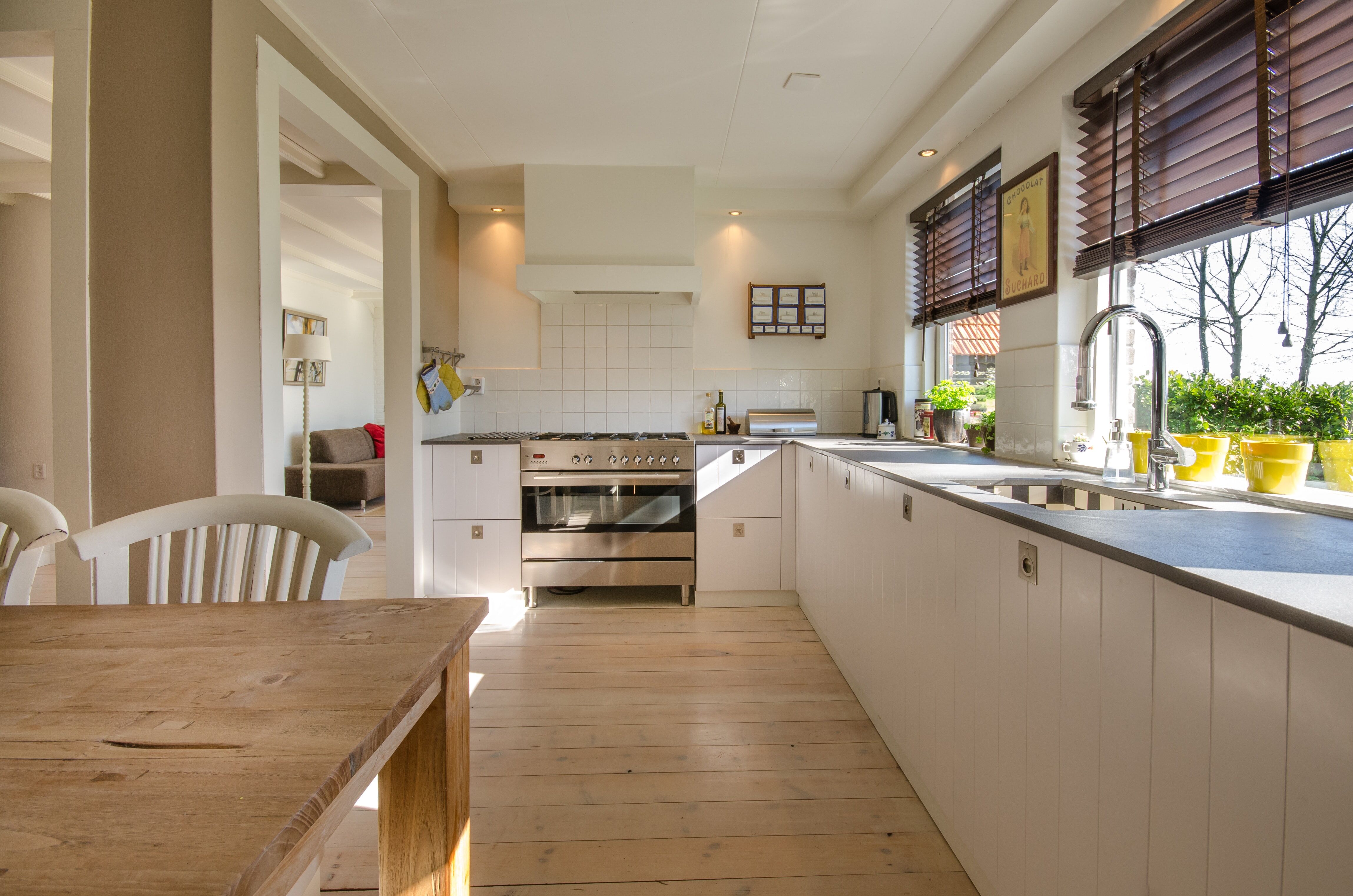5 DIY Energy-Saving Projects Anyone Can Tackle
Published on Monday September 10, 2018
If you think it’s not easy being green, think again.
One of the hottest trends in the home improvement market over the past few years has been sustainability.
“People are definitely interested in the energy efficiency of building and design right now, more so than they were as recently as 10 years ago,” Charles Roberts, a principal with Kuhn Riddle Architects recently told BusinessWest magazine.
Energy conservation and sustainability are more than just industry buzzwords. According to the National Association of Realtors, 61 percent of homebuyers are drawn to homes with sustainable and energy-efficient features and 71 percent of realtors highlight those features when marketing listings.
“Consumers continue to make it clear that environmentally-friendly features and neighborhoods are an important factor in deciding where and what home to buy,” said NAR President Elizabeth Mendenhall.
Savings, comfort starts with small steps

Homeowners interested in energy conservation and sustainability don’t have to go out and buy new appliances or replace all your floors with locally-sourced wood.
Sometimes, even small acts can give you big returns when it comes to energy efficiency.
If you want to save energy in your home, there are plenty of practical steps you can take. These DIY home energy tips won’t just help you make your home more comfortable, they’ll also help you cut down on those utility bills.
Read: How to reduce air infiltration and condensation in your home
Weatherize doors and windows
Drafts and small gaps around window and door frames can lead to significant heating and cooling loss.
“Heat gain and heat loss through windows are responsible for 25%–30% of residential heating and cooling energy use,” notes the Department of Energy.
The first step is to ensure you have efficient windows with gas insulation, high-performing glazing and spacers, and an insulated fiberglass exterior door. If your windows and doors are in good shape, then sealing up leaks with caulk can be a low-cost and easy DIY home energy project for most homeowners. Overall costs for such a project is $3-$30, according to DOE, should take one-to-two hours, and can provide 10-20 percent in energy savings.
Or, add foam weather stripping to doors and windows. Self-adhesive versions are easy to apply and are available at any hardware store or home improvement center. DOE estimates that the overall cost of a weather stripping project is around $5-$10 and should only take an hour to complete.
In addition, you might consider putting window film on your windows to help block against solar heat gain and protect against glare and ultraviolet exposure. It’s easy to install and is available at most hardware stores and home centers. Best of all, it can help save on utility bills without obstructing the view.
Read: Interested in energy-efficient windows? Here’s what you should do
Insulate your attic
Energy experts say as much as 35 percent of heating and cooling is lost through leaks in the roof and attic. Check your attic to make sure you have the proper amount of insulation. The Department of Energy has information on how much insulation is recommended in your part of the country.
You also want to make sure the insulation is installed properly. Vapor barriers on insulation should be face down, toward the living space. If the vapor barrier is facing up, the insulation will trap moisture and could cause water and condensation problems. Also, there should be slits cut into the vapor barrier to allow moisture to escape.
“Making your home energy efficient means starting with the basics, and the most important of these are the proper sealing of air leaks and insulating sufficiently for your climate,” Alliance to Save Energy’s Ronnie Kweller told Business Insider. “Those steps can cut heating and cooling bills by up to 20 percent.”
Smart landscaping
Shading your home can make it significantly more energy efficient. Plant deciduous trees and consider attaching awnings and extending roof overhangs to reduce solar heat gain from your windows. According to the Department of Energy, shading, when implemented effectively, shading can save around 10% on heating and cooling costs per year.
Read: How to make your roof more energy efficient
Install a programmable thermostat
Programmable thermostats can save up to $180 a year in energy costs when used properly, according to the Department of Energy. DOE recommends that homeowners turn their thermostats back 7º-10º from its normal setting eight hours a day. This change, which is simple to do on a programmable thermostat, could save homeowners as much as 10 percent annually on heating and cooling bills.
Change your AC filters
Clean (if it’s a reusable one) or replace your air conditioning filter every four-to-six weeks. That small measure can ensure that your AC unit is working most efficiently and consuming less energy. Replacing a dirty, clogged filter with a clean one can lower your air conditioner’s energy consumption by 5 percent to 15 percent.
Ready to go green?
Sometimes, the DIY route just won’t cut it. Attempting to install or repair certain areas of your home can be hazardous, costly, and potentially unsightly. If you need energy efficient roofing, windows, doors, or siding, Contact Long Home Products online. We build trust and peace of mind into every Long product.
Interested in Long Home Products?
See our special offers now.








